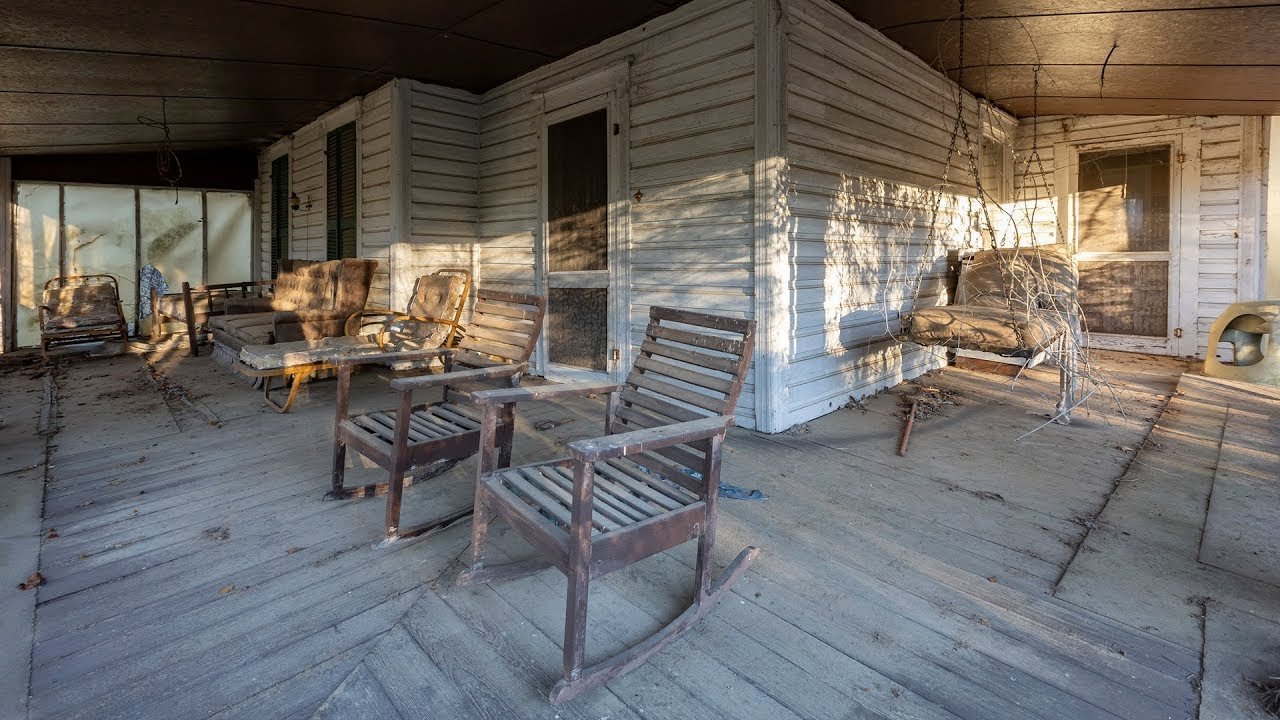If you’ve ever stumbled upon Error Code 526, you know it feels like running into a brick wall during your website’s journey. Basically, it means there’s a hiccup in the SSL handshake, usually caused by a mismatch in your SSL certificate configuration. But don’t worry! Understanding this hiccup helps you get back on the road quickly, ensuring your website runs smoothly. Let’s dive deeper, shall we?

Key Takeaways:
- Understanding Error Code 526: It’s an indication of an SSL handshake issue, often linked to misconfigured SSL certificates.
- Identifying the Problem: Keep an eye out for signs of SSL trouble, like secure connection errors in your browser.
- Fixing the Issue: Follow a few straightforward steps to reconfigure your SSL certificate and clear up the error.
What is Error Code 526?
Error Code 526 is like that annoying mosquito you just can’t swat away; it signals a glitch in the SSL handshake process. When a website contacts a server and there’s an issue validating the SSL certificate, this error pops up like an unwelcome party guest. In simpler terms, it’s your website saying, “Hey, I can’t talk securely!” It often surfaces for websites using Cloudflare and typically hints at a misconfigured SSL certificate. So, it’s like having the right credentials but not having them on hand when you need to enter the exclusive club of the internet!

Common Causes of Error Code 526
You might be wondering, “What exactly causes this pesky error?” Well, there’s a few little troublemakers. Firstly, the SSL certificate might’ve expired; it’s like a library book that’s overdue. Secondly, the certificate could be from an unrecognized issuer, which gives the browsers a case of the jitters. And lastly, improper SSL configuration adds more logs to the fire. All of these issues can leave your website feeling like a well-meaning casserole that got burnt—better luck next time!

How to Identify If You Are Experiencing Error Code 526
Identifying Error Code 526 is as easy as pie, really. The first clue? You might see browser alerts screaming about secure connection failures. It’s like your browser yelling at you, “Hey, there’s a problem, buddy!” Chances are, an SSL setup issue is the real culprit here. If your visitors are bouncing off faster than a rubber ball, it’s high time to investigate further!
Fixing SSL Issues to Resolve Error Code 526
Now that you’ve located the unwelcome Error Code 526, it’s time to roll up your sleeves and get to work! The good news is, fixing SSL issues can be pretty straightforward. Just imagine you’re deflating a balloon; sometimes it just takes a little pin prick in the right spot. Begin by checking your SSL certificate’s status. Is it valid? Is it properly installed? At this point, think of yourself as a detective uncovering a mystery!

Steps to Reconfigure Your SSL Certificate
Alright, let’s get hands-on! Here’s a five-step plan to reconfigure that SSL certificate:

- Record your current SSL certificate information.
- Contact your SSL provider, or check their website for the latest updates—much like doing a little detective work.
- Update your SSL settings in your hosting account accordingly. It’s just like rearranging furniture; sometimes, it needs a little tweaking!
- Renew or reinstall the SSL certificate if necessary.
- Clear your cache and refresh the connection once you’ve configured everything.
Ta-da! You’ve handled that SSL conundrum like a champ!
Testing Your Website After Fixing Error Code 526
After reconfiguring, it’s time to put your work to the test! Visit your website using HTTPS to check if the secure lock icon shows up, letting you know everything’s shipshape. If it doesn’t, don’t throw your hands up in despair just yet! Sometimes, it takes a minute for the changes to propagate throughout the interwebs, like waiting for a pizza to come out of the oven—tantalizing but worth the wait!
Preventive Measures to Avoid Future Errors
Now that you’ve conquered the beast that is Error Code 526, let’s keep the peace! To prevent future errors, schedule regular checks for your SSL certificates, sort of like checking the oil in your car. Staying updated on expiration dates ensures you avoid those cringe-worthy moments later on. Additionally, consider using services like Cloudflare for added security; it’s like having an umbrella on standby for those unexpected rain showers!
When to Contact Support for Error Code 526
If you find yourself tangled in a web of confusion, don’t hesitate to reach out for help! Contact your hosting provider or Cloudflare support. Their expertise can solve the puzzle faster than a magician pulling a rabbit out of a hat. Remember, there’s no shame in asking for help; even the best of us can hit a snag once in a while!
Conclusion
In the grand tapestry of navigating the digital landscape, Error Code 526 may serve as a nuisance, but with patience and the right approach, it can be tackled like a pro! Understanding the error, identifying the causes, and taking preventative measures can keep your website running smoother than butter on warm toast. Remember, when you take the time to keep your SSL settings in check, you’re not just ensuring your site’s security but also nurturing a trustworthy relationship with your visitors. After all, the internet is a shared space—we all want to be good neighbors!






















